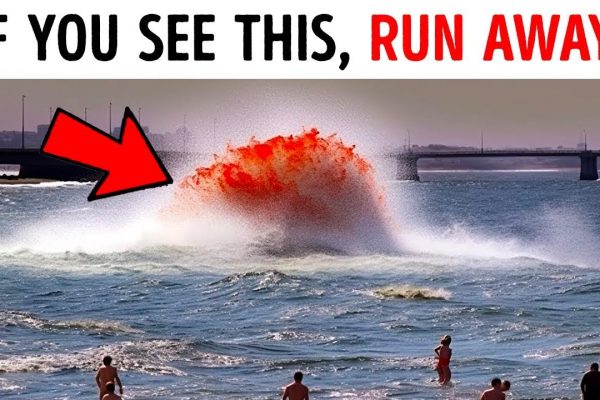
Top 10 Most Dangerous Volcanoes That Could Erupt Soon – Are We Prepared? 🌋🔥
Volcanoes have shaped Earth’s history with catastrophic eruptions that altered climates and civilizations. Today, millions live in the shadow of active volcanoes that could unleash devastation at any moment. Scientists monitor these ticking time bombs, but are we truly ready for the next mega-eruption? Here are the 10 most dangerous volcanoes threatening to erupt, their destructive potential, and whether…

